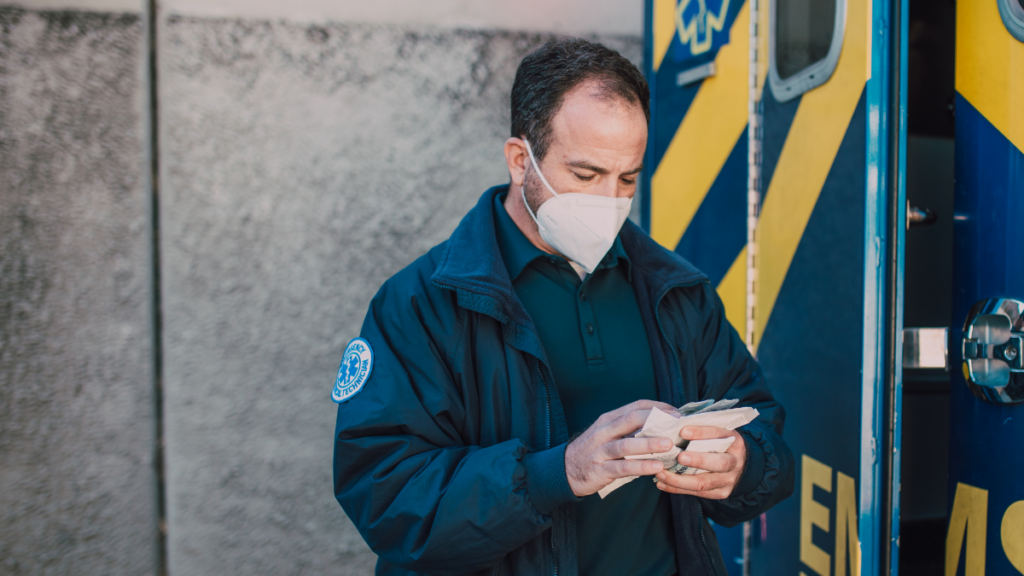3 Things to Know About Vaccine Mandates for Federal Employees
COVID-19 vaccines are designed to protect people from the harmful effects of COVID-19. Not only can they help to prevent infection, but they can also reduce the risk of severe illness, hospitalization, and death from the virus. According to the Centers for Disease Control and Prevention (CDC), the best way to slow the spread of COVID-19 and prevent infection is through vaccination.
To protect federal workers and the members of the public they interact with and to maintain the efficiency of civil service, Biden signed two Executive Orders on September 9, 2021. The first one requires all executive branch federal employees to get vaccinated, and the second requires federal contractors, hospitals, and other institutions that receive federal funding to do the same. “It is essential that Federal employees take all available steps to protect themselves and avoid spreading COVID-19 to their co-workers and members of the public,” said President Biden. Here are three things to know about vaccine mandates for federal employees.
1. When do federal employees and contractors need to be vaccinated?
Under the order, federal employees should be fully vaccinated by November 22, 2021. To be considered fully vaccinated, two weeks need to have passed from when a person receives their second dose of the Pfizer or Moderna vaccine, or one does of the Johnson & Johnson vaccine.
2. Does the order pertain to remote workers?
Yes, the executive order applies to federal employees who work remotely. According to the Safer Federal Workforce, federal employees are required to get vaccinated regardless of where they work unless they are exempt from vaccination.
3. What should agencies do to comply with the order?
The mandate requires agencies to implement a program that requires all Federal employees to get vaccinated, except for those who are exempt.
Agencies must require their employees to provide proof of their vaccination status. Employees may provide a copy of their immunization record, vaccination card, medical records documenting the vaccination, immunization records from a public health or state immunization information system, or any other official documentation that contains:
- the type of vaccine administered
- the date(s) of administration
- the name of the health care professional or clinic that administered the vaccine
Employees must certify that the documentation they are submitting is accurate.
Agencies are also required to maintain documentation provided by employees regarding their vaccination status.
Learn More About the Vaccination Mandates for Federal Employees and Contractors
For More Information About Vaccine Mandates for federal employees and federal contractors, please read the Fact Sheet: Biden Administration Announces Details of Two Major Vaccination Policies.




